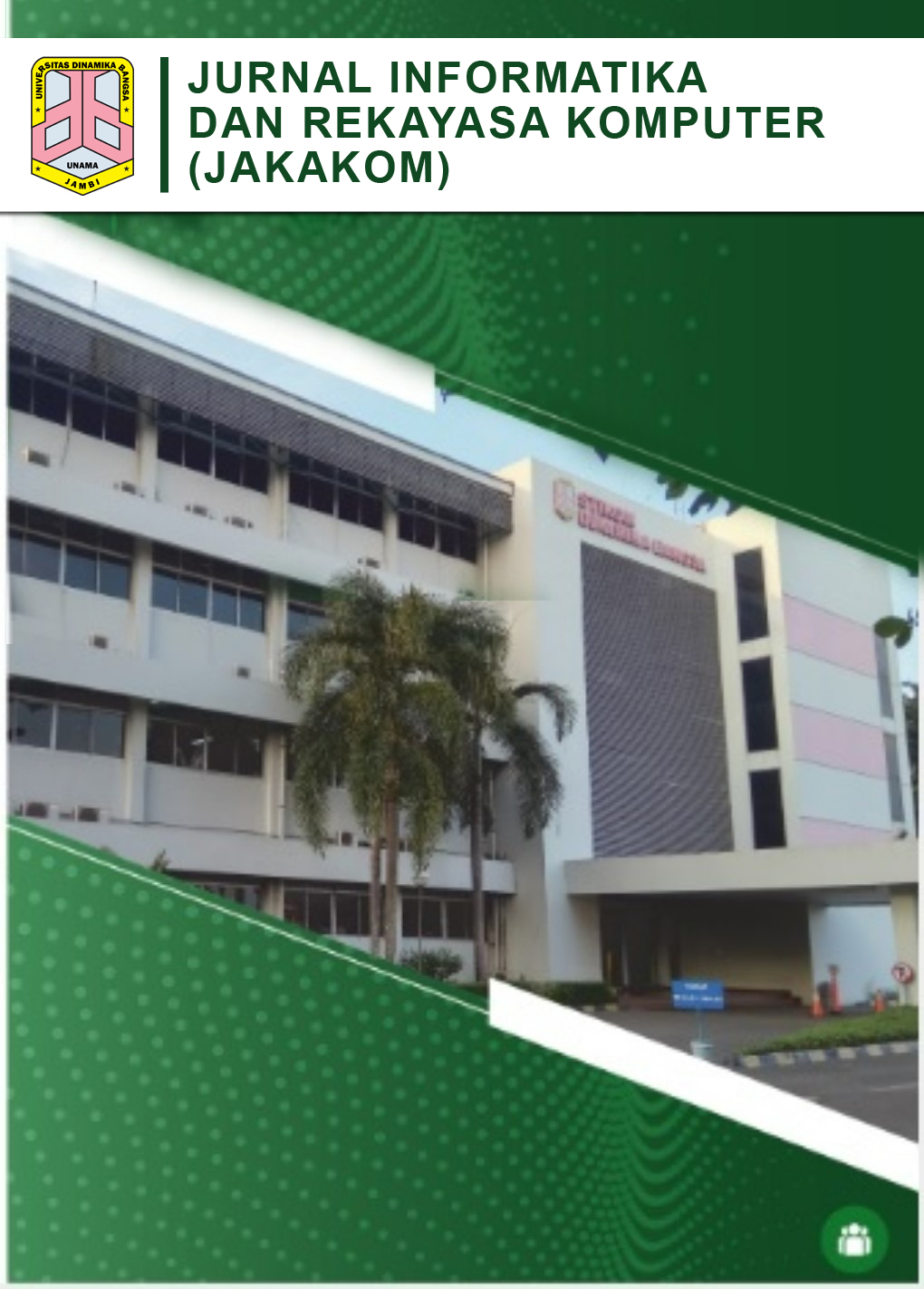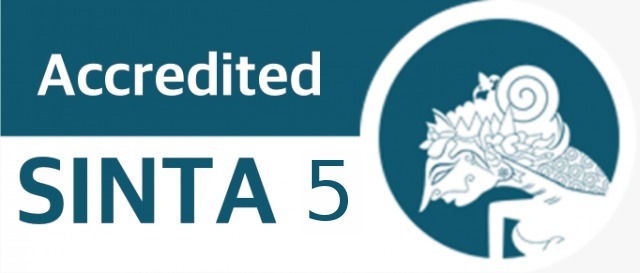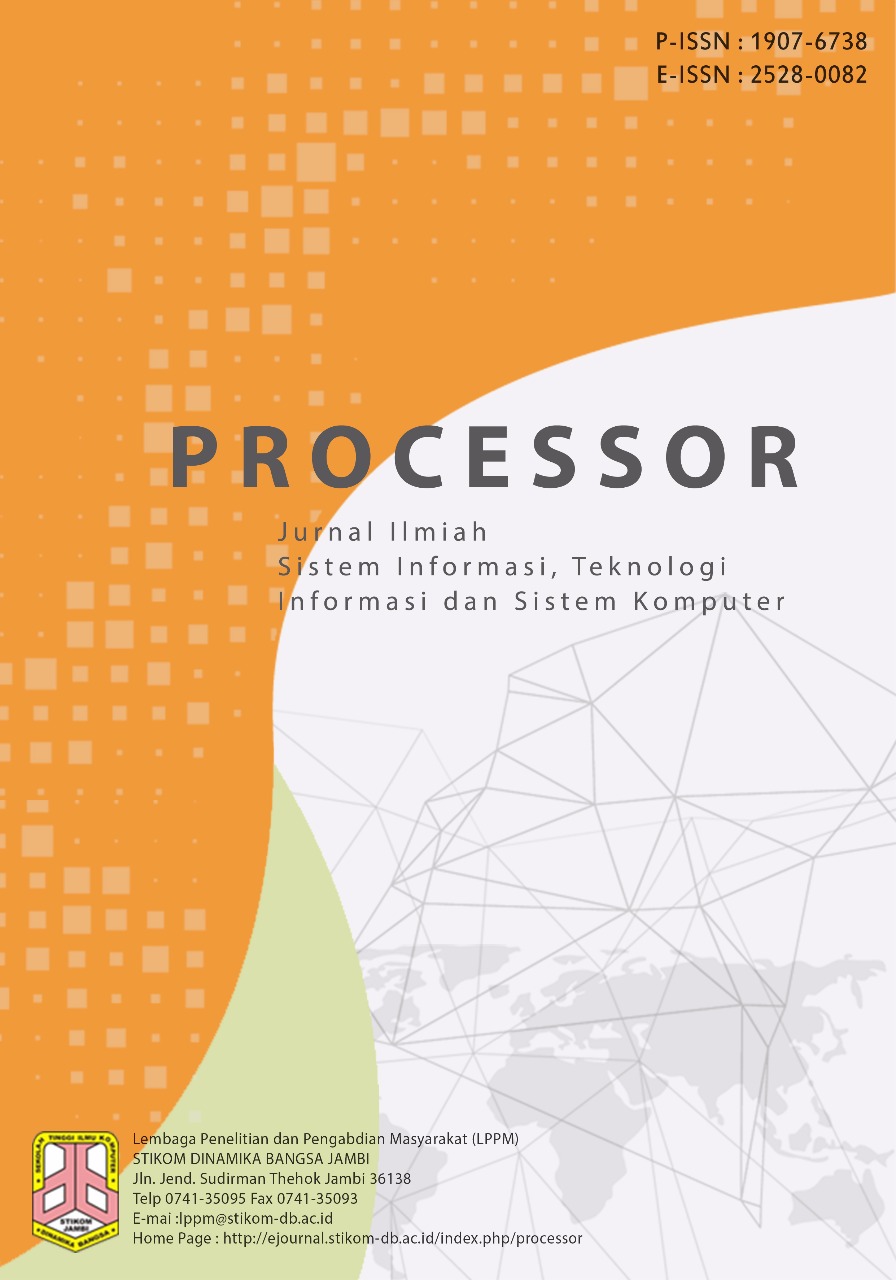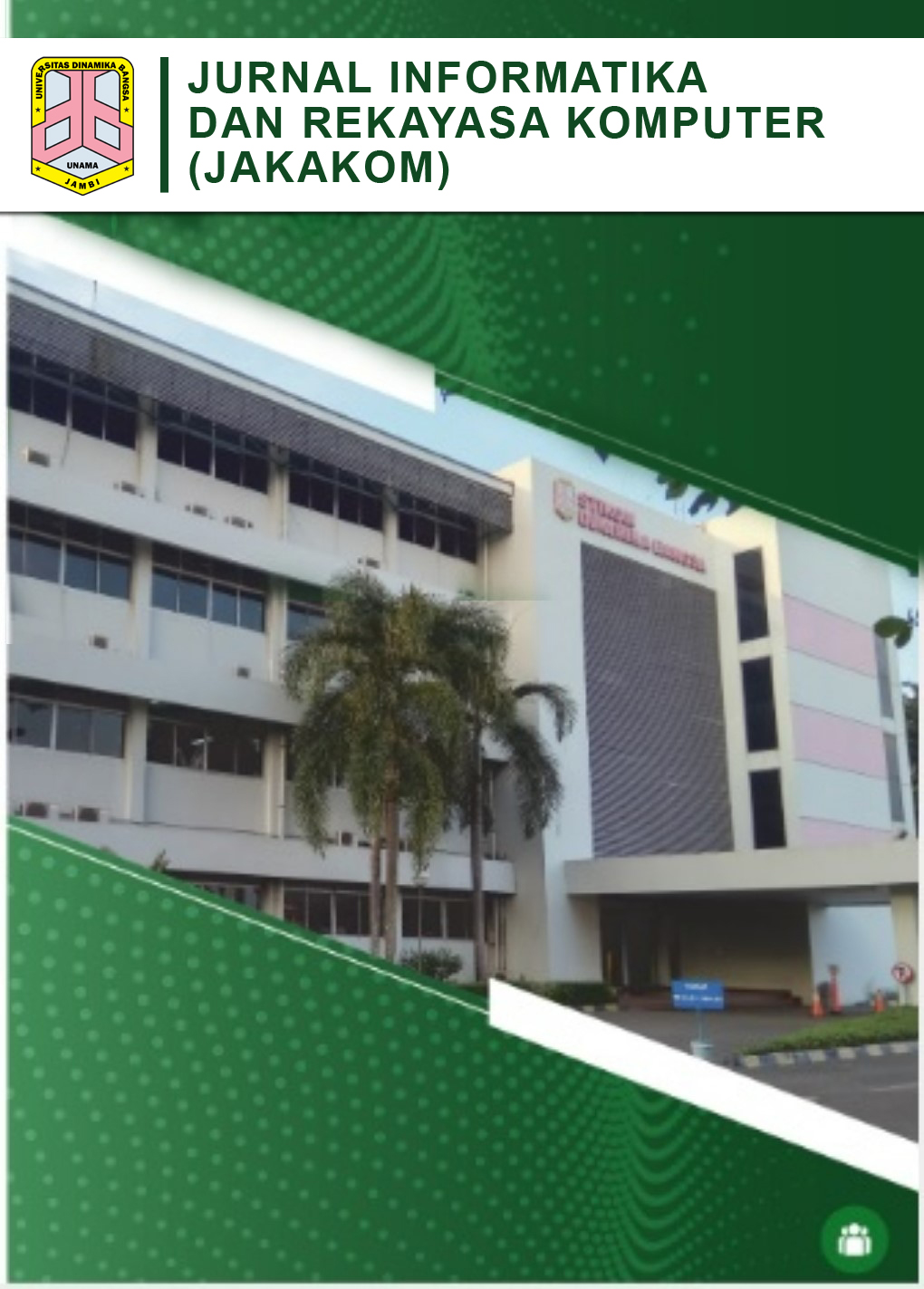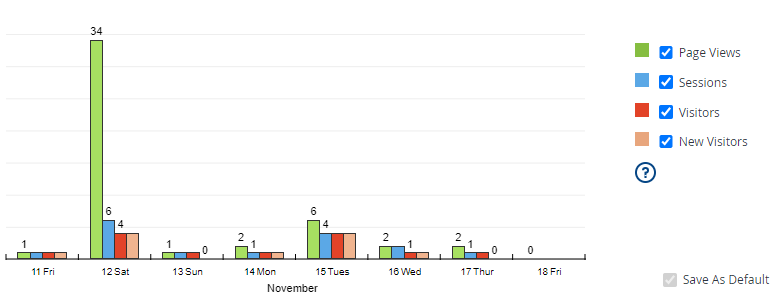USER SATISFACTION ANALYSIS OF THE INDEPENDENT TEACHING PLATFORM (PMM) USING THE UNIFIED THEORY OF ACCEPTANCE AND USER OF TECHNOLOGY (UTAUT) METHOD BASED ON THE PERSPECTIVE OF STATE VOCATIONAL SCHOOL TEACHERS IN JAMBI CITY
DOI:
https://doi.org/10.33998/jakakom.2025.5.2.2286Keywords:
Analysis, User Satisfaction, UTAUT; INLISLite; Technology Adoption;Student; E-Library .Abstract
The utilization of technology and competency development in the current era serve as a foundation for the development of the Merdeka Curriculum. Schools and teachers need to prepare themselves thoroughly, starting from understanding the structure of independent study programs, assessment, learning outcomes, and learning objectives, to the implementation of projects and other aspects. This can be achieved through participation in teacher or school mobilization activities.The government supports the implementation of the Merdeka Curriculum in Vocational High Schools (Sekolah Menengah Kejuruan - SMK) by providing teaching materials such as textbooks and supplementary resources, training, and learning sources for educators through the Platform Merdeka Mengajar (PMM) application, which can be accessed via laptops or mobile phones.The implementation of the Merdeka Curriculum, promoted by the Indonesian government, encourages innovation in the learning process, particularly through the use of information and communication technology. The Platform Merdeka Mengajar serves as a solution to support a more flexible and student-centered educational transformation.State Vocational High Schools (SMK Negeri) in Kota Jambi, as vocational education institutions, have adopted this platform in an effort to improve the quality of learning. This study aims to analyze the level of user satisfaction with the Platform Merdeka Mengajar application in SMK Negeri in Kota Jambi using the UTAUT model. Specifically, this research will identify the factors influencing teachers' intention to use the application and measure their satisfaction with the available features.Based on the analysis conducted, it can be concluded that out of the five hypotheses developed, the accepted hypotheses are Performance Expectancy (H1), Effort Expectancy (H2), and Behavioral Intention (H5). Meanwhile, the rejected hypotheses are Social Influence (H3) and Facilitating Conditions (H4).
Downloads
References
J. Editorial Team, “Editorial Team,” J. Vocat. Nurse., vol. 1, no. 1, 2020, doi: 10.20473/jovin.v1i1.19873.
M. Hidayani, “MODEL PENGEMBANGAN KURIKULUM Masrifa Hidayani,” At-Ta’lim, vol. 16, no. 2, pp. 375–394, 2018.
M. Marisa, “Inovasi Kurikulum ‘Mereka Belajar’ di Era Society 5.0,” Santet (Jurnal sejarah, Pendidikan dan Humaniora), vol. 5, no. 1, p. 72, 2021, doi: 10.36526/js.v3i2.e-ISSN.
Fatmasari et al., “Jurnal Penamas Adi Buana,” J. Penamas Adi Buana, vol. 5, no. 01, pp. 79–88, 2021.
S. E. Dewi, A. Santoso, and R. S. I. Dewi, “Analisis Penggunaan Platform Merdeka Mengajar Pendukung Optimalisasi Merdeka Belajar Jenjang Sekolah Dasar,” Al-Madrasah J. Pendidik. Madrasah Ibtidaiyah, vol. 8, no. 1, p. 350, 2024, doi: 10.35931/am.v8i1.3096.
G. Es Memed, G. Testiana, and F. Nopriani, “Analisis Kepuasan Pengguna Terhadap Penggunaan Aplikasi Transportasi Online Dengan Metode Unified Theory Of Acceptance And Use Of Technology,” J. Comput. Inf. Syst. Ampera, vol. 2, no. 2, pp. 78–93, 2021, doi: 10.51519/journal cisa.v2i2.62.
S. Nur and A. Kasmiyarni, “Analisis Studi Kepuasan Mahasiswa terhadap Penggunaan Aplikasi Mobile Learning dalam Pembelajaran Kombinasi dengan Pendekatan UTAUT,” vol. 2, no. 2, 2024.
R. H. Dai, I. R. Padiku, and R. Raupu, “Penerapan Metode UTAUT Dalam Menganalisis Tingkat Kepuasan Pengguna Sistem Informasi Kearsipan Dinamis Terintegrasi (Srikandi),” Digit. Transform. Technol., vol. 4, no. 1, pp. 87–96, 2024, [Online]. Available: https://jurnal.itscience.org/index.php/digitech/article/view/3476
M. P. Hannah, N. J. Irawan, N. Rosa Damayanti, and M. Ariandi, “Evaluasi Kepuasan Pengguna Sistem Informasi E-Raport Menggunakan Metode Unified Theory of Acceptance and Use of Technology,” JOSIE (Journal Inf. Syst. Informatics Eng., vol. 8, no. 1, pp. 19–36, 2024.
A. Fitra and D. Kurniadi, “Analisis Kepuasan Pengguna Aplikasi Automatic Meter Reading (Amr) Menggunakan Metode Utaut,” INCARE, Int. J. Educ. Resource., vol. 1, no. 4, pp. 335–349, 2020.
Y. Septiani, E. Aribbe, and R. Diansyah, “ANALISIS KUALITAS LAYANAN SISTEM INFORMASI AKADEMIK UNIVERSITAS ABDURRAB TERHADAP KEPUASAN PENGGUNA MENGGUNAKAN METODE SERVQUAL (Studi Kasus : Mahasiswa Universitas Abdurrab Pekanbaru),” J. Teknol. Dan Open Source, vol. 3, no. 1, pp. 131–143, 2020, doi: 10.36378/jtos.v3i1.560.
A. Triadi and R. Roestam, “Analytical Hierarchy Process (Ahp) Pada Pt.Sierra Solutions Indonesia Jambi,” J. Manaj. Sist. Inf., vol. 4, no. 4, pp. 434–443, 2019.
P. L. Lokapitasari Belluano, I. Indrawati, H. Harlinda, F. A. . Tuasamu, and D. Lantara, “Analisis Tingkat Kepuasan Pengguna Sistem Informasi Perpustakaan Menggunakan Pieces Framework,” Ilk. J. Ilm., vol. 11, no. 2, pp. 118–128, 2019, doi: 10.33096/ilkom.v11i2.398.118-128.
S. Fadli and K. Imtihan, “Analisis Dan Perancangan Sistem Administrasi Dan Transaksi Berbasis Client Server,” J. Inform. dan Rekayasa Elektron., volt. 1, no. 2, p. 7, 2019, doi: 10.36595/jire.v1i2.54.
A. Supriyatna and J. M. Informatika, “PERPUSTAKAAN DENGAN MENGGUNAKAN PIECES FRAMEWORK,” vol. XI, no. 1, pp. 43–52, 2015.
et al Balerina, “Analisis Kompensasi, Kepuasan Kerja Dan Komitmen Organisasi Terhadap Kinerja Karyawan (Studi Kasus Pada Karyawan Pt. Tirta Investama),” J. Ekon. Manaj. dan Akut. Sekol. Tinggi Ilmu Ekon. Enam-Enam Kendari, vol. 1, no. 2, pp. 401–407, 2023, [Online]. Available: https://doi.org/10.572349/neraca.v1i2.163%0Ahttps://jurnal.kolibi.org/index.php/neraca/article/view/163
D. Kharisma, S. Simatupang, and H. Hutagalung, “Pengaruh Kualitas Pelayanan Terhadap Kepuasan Konsumen Pada UD. Restu Mulia Pandan,” J. Manaj. Dan Akut. Medan, vol. 5, no. 1, pp. 32–42, 2023, doi: 10.47709/jumansi.v5i1.2210.

